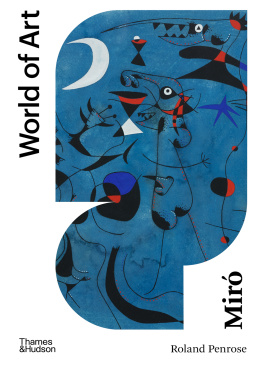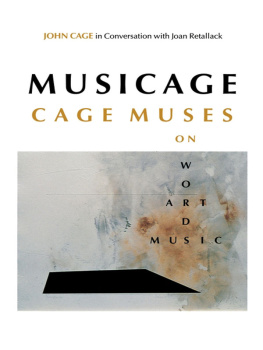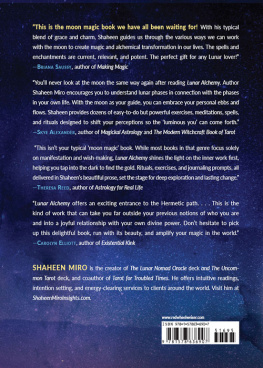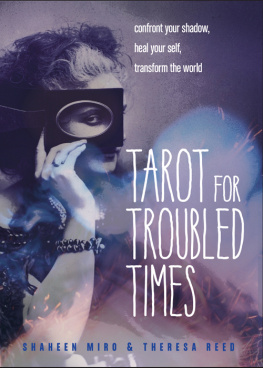Miró - Joan Miró
Here you can read online Miró - Joan Miró full text of the book (entire story) in english for free. Download pdf and epub, get meaning, cover and reviews about this ebook. year: 2017, publisher: Princeton Architectural Press, genre: Detective and thriller. Description of the work, (preface) as well as reviews are available. Best literature library LitArk.com created for fans of good reading and offers a wide selection of genres:
Romance novel
Science fiction
Adventure
Detective
Science
History
Home and family
Prose
Art
Politics
Computer
Non-fiction
Religion
Business
Children
Humor
Choose a favorite category and find really read worthwhile books. Enjoy immersion in the world of imagination, feel the emotions of the characters or learn something new for yourself, make an fascinating discovery.

- Book:Joan Miró
- Author:
- Publisher:Princeton Architectural Press
- Genre:
- Year:2017
- Rating:5 / 5
- Favourites:Add to favourites
- Your mark:
- 100
- 1
- 2
- 3
- 4
- 5
Joan Miró: summary, description and annotation
We offer to read an annotation, description, summary or preface (depends on what the author of the book "Joan Miró" wrote himself). If you haven't found the necessary information about the book — write in the comments, we will try to find it.
Joan Miró — read online for free the complete book (whole text) full work
Below is the text of the book, divided by pages. System saving the place of the last page read, allows you to conveniently read the book "Joan Miró" online for free, without having to search again every time where you left off. Put a bookmark, and you can go to the page where you finished reading at any time.
Font size:
Interval:
Bookmark:
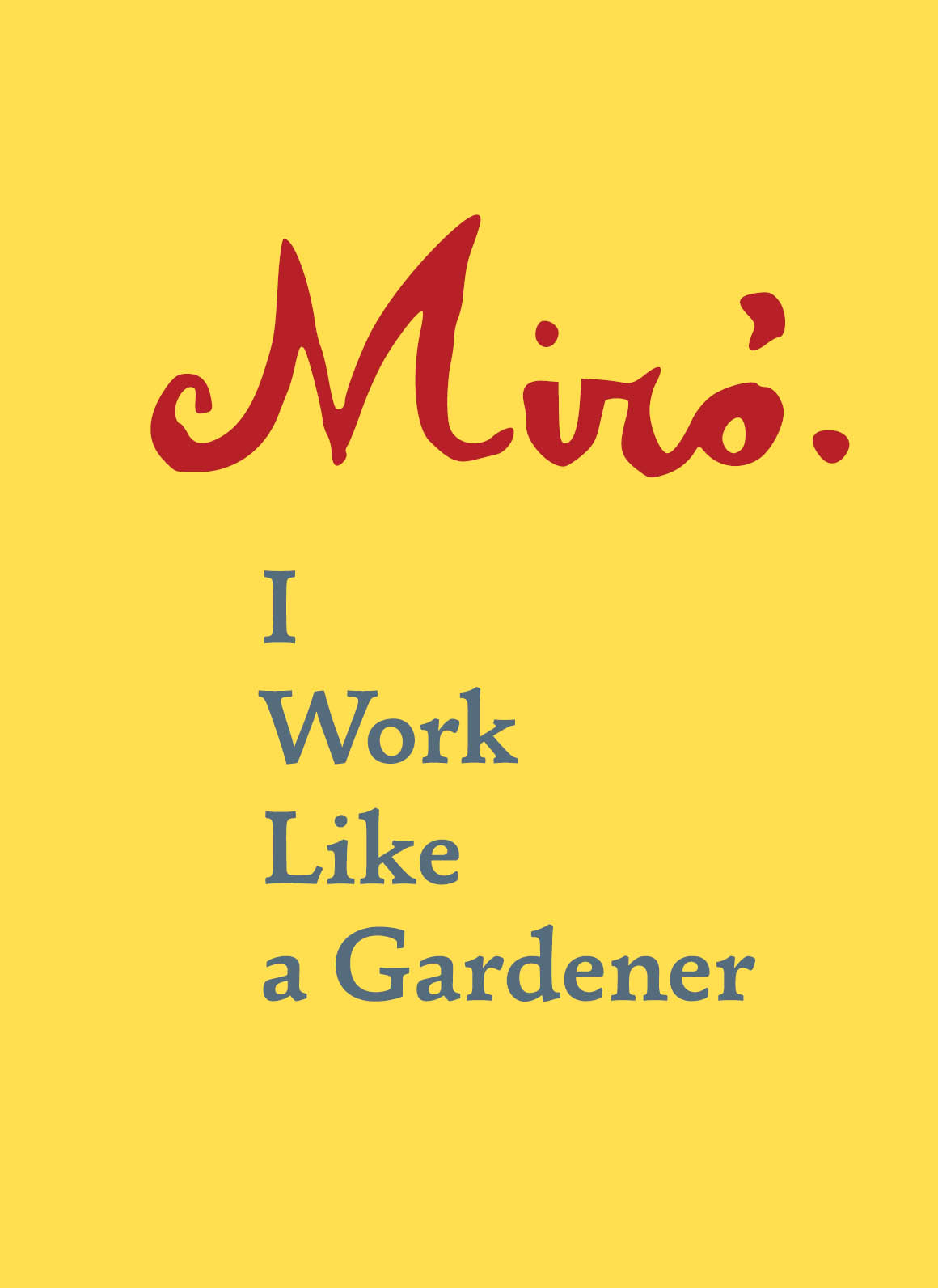

Published by
Princeton Architectural Press
A McEvoy Group company
202 Warren Street, Hudson, NY 12534
Visit our website at papress.com
Successi Mir / Artists Rights Society (ARS), New York / ADAGP, Paris 2017
First Princeton Architectural Press edition published in 2017
All rights reserved
No part of this book may be used or reproduced in any manner without written permission from the publisher, except in the context of reviews.
Every reasonable attempt has been made to identify owners of copyright.
Errors or omissions will be corrected in subsequent editions.
Editor: Simone Kaplan-Senchak
Designer: Paul Wagner
Special thanks to: Janet Behning, Nolan Boomer, Nicola Brower, Abby Bussel, Tom Cho, Barbara Darko, Benjamin English, Jenny Florence, Susan Hershberg, Lia Hunt, Mia Johnson, Valerie Kamen, Jennifer Lippert, Kristy Maier, Sara McKay, Eliana Miller, Wes Seeley, Rob Shaeffer, Sara Stemen, and Joseph Weston of Princeton Architectural Press Kevin C. Lippert, publisher
Library of Congress Cataloging-in-Publication Data
Names: Mir, Joan, 18931983, author. | Taillandier, Yvon, editor, writer of foreword. | Lubar, Robert S., writer of foreword. | Container of: Mir, Joan, 18931983. Je travaille comme un jardinier. | Container of: Mir,Joan, 18931983. Je travaille comme un jardinier. English.
Title: Joan Mir : I work like a gardener / Joan Mir ; compiled by Yvon Taillandier.
Description: First edition. | New York : Princeton Architectural Press, 2017.
Identifiers: LCCN 2017007647 | ISBN 9781616896287 (hardback) | ISBN 9781616896751 (epub, mobi)
Subjects: LCSH: Mir, Joan, 18931983. | BISAC: ART / Individual Artists / General. | ART / Individual Artists / Essays. | ART / European.
Classification: LCC ND813.M5 A35 2017 | DDC 759.6dc23
LC record available at https://lccn.loc.gov/2017007647
On November 25, 1958, when painter and writer Yvon Taillandier sat down with Joan Mir for an interview in Paris, the Catalan artist had good reason to take stock of his career. At age sixty-five Mir was at the top of his game. In 1956 he moved into a new studio designed for him by Josep Llus Sert in a suburb of Palma de Mallorca. There he had the opportunity to contemplate old work that had been placed in storage, and to examine works in progress that were distributed throughout the large space. In the period between the move and the interview, Mir had been busy working on two large murals for UNESCOs world headquarters in Paris, for which he would receive the Guggenheim International Award in 1958. He was also preparing a large retrospective exhibition of his work for the Museum of Modern Art in New York (March 18May 10, 1959), while collaborating with poet Jacques Dupin on what would become the definitive monograph on his art and life. With additional exhibitions dedicated to his so-called savage paintings of 19341953 and the publication of a facsimile edition of the Constellations of 194041, Mir confidently informed his New York dealer, Pierre Matisse, on November 11, 1958 that the various events constituted a magnificent strategy in solidifying his international reputation. Mir had ascended to the status of a modern Old Master.
The artistic seeds that Mir had cultivated over the course of five decades would bear rich fruit in future projects. Between 1955 and 1959 Mir had largely abandoned painting and drawing, directing his efforts toward the UNESCO murals and printmaking. His masterpiece in the graphic arts, a collaborative undertaking with friend and poet Paul Eluard on the magnificent book A toute preuve, appeared in 1958. The experience of working with artisans on both projects and exploring new techniques in ceramics and woodblock printing honed Mirs skills as a craftsman and his technical mastery as a fine artist. He would apply these lessons to his work in all mediums.
The central simile of Taillandiers text defines Mirs working methods at this time: the physical labor involved in the creative process, the need to allow thoughts to germinate and take root, the studio as a laboratory for the cross-fertilization of ideas, and a deep engagement with the material elements of his art. With these working principles firmly established, Mir would push his art in new directions over the course of the next two and a half decades. Rather than painting thingsa woman, a bird, a landscapeMir found his subjects in the creative process itself, raising the idea of chance and spontaneity to the status of foundational principles.
For Mir, art making was a kind of reckoning, a journey across uncharted terrains guided only by instinct and intuition. A line might take shape in the void, an anonymous gesture might define a new visual universe, or an object found on a beach might provoke a poetic spark. Taking his cues from the physical world, each time Mir entered his studio, he embarked on a voyage of discovery that was at once artistic and spiritual. To work like a gardener was to create life itselfthe autonomous life of a visual universe that, in the artists words, was a world set in motion.
Robert Lubar Messeri
Madrid, January 2017
A voice. For days and days my inner ear was attuned to this voice, which Ive tried to recreate using the notes I took. These words, which started slowly, but grew bit by bit in speed and in number, ending on the afternoon of November 25, 1958how to capture them without freezing them? Mir himself was clear and precise. But speech, by its very nature, seems so different to me from writing that I wondered whether the conversion from one to the other would even be possible, until a phenomenon, which I hoped for intensely but surprised me all the same, occurred.
To describe it, we luckily have Mirs own words: it is, in fact, a seedling, a new growth. Something in my memory sets down roots, throws up a trunk, branches, leaves. In short, its as if some part of me became the garden workshop he talked about where his work grows. A tree of written words, whose image I set in motion and recorded in its spoken version, is born.
But, be careful! I quickly told myself. Theres more to it than this: I am not only the garden. Im also what Mir called himself for his paintings: a gardener. However, I am only the gardener of his words. This plant, which Ive cultivated, requires special care!
Intervene only with caution, and only to ensure that the shape of the written tree, as much as it can be, is an offshoot, like that of the spoken tree. And that it possesses, in addition, the intimate unity of a third tree, without which the others would be impossible: the mental tree (the one that grows in the thoughts of Mir).
Having arrived at this point, I realize that what grows, in me and on paper, traces itself too: there is a kind of drawing, of a figure, of a face. In other words, I also fulfill the requirements of a portrait artist. Now, I said to myself, portraitists dont usually add their own portrait to that of their subject. As a result, Ive tried to suppress any questions that represent myself and which I put to Mir, to leave nothing more than the face, the tree, or the monologue of one of the greatest painters of our times.
Yvon Taillandier
Paris, 1963
Translated by Kevin Lippert
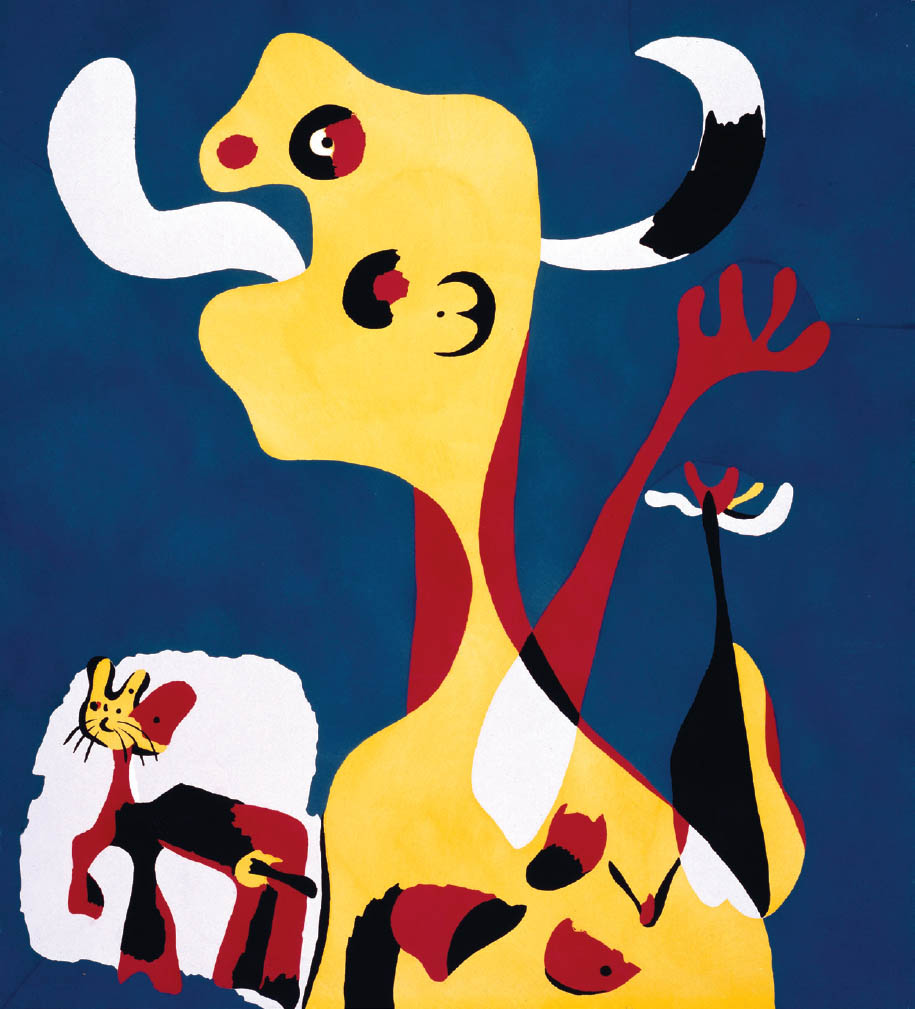
Font size:
Interval:
Bookmark:
Similar books «Joan Miró»
Look at similar books to Joan Miró. We have selected literature similar in name and meaning in the hope of providing readers with more options to find new, interesting, not yet read works.
Discussion, reviews of the book Joan Miró and just readers' own opinions. Leave your comments, write what you think about the work, its meaning or the main characters. Specify what exactly you liked and what you didn't like, and why you think so.




